Fashion
Is your fashion collection more sustainable than the industry standard? Discover key metrics for assessment
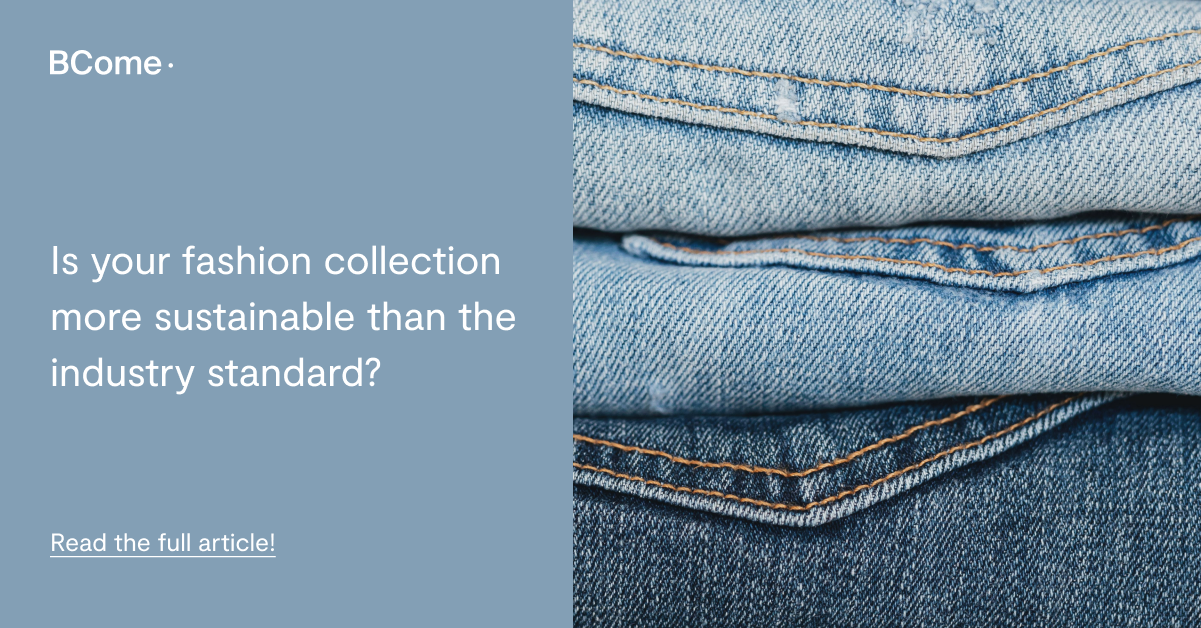
In a market where most fashion businesses claim to be sustainable, you’ve probably found yourself thinking: “My company does more for sustainability than many of those who brag about it”. If you also suspect your products are more accountable than the industry standard, this article introduces key metrics to help you evaluate if you indeed achieve better sustainability performance than the market average.
The industry standard acts as a gauge against which we can compare ourselves and determine if we’re truly achieving a better impact than the conventional market
Sustainability isn’t as simple as being either “sustainable” or “not sustainable”. To measure the sustainable performance of products, it’s crucial to have a benchmark that indicates whether our items are above or below average. In this regard, the industry standard acts as a gauge against which we can compare ourselves and determine if we’re truly achieving a better impact than the conventional market.
But how can this comparison be made? Many fashion companies we speak with have doubts about how to calculate the environmental savings and debts of their products. At BCome, we make this possible through our Benchmark tool.
Based on Life Cycle Assessment methodology, this tool can calculate environmental savings when a product’s impact is lower than the fashion industry standard, and environmental debts when it exceeds it. If you want to define whether your products perform environmentally better or worse than the industry standard across four environmental impact indicators, the Benchmark tool will be your best ally.
From the LCA tool, you can activate the “Industry Standard Benchmark” to discover both relative and absolute environmental savings. Here are the metrics you’ll have access to:

- Unitary impact. The impact of the analyzed item based on the specified environmental indicator.
- Benchmark. Percentage result of the comparison between the impact of your item and the impact of the standard scenario.
- Industry Standard. Absolute impact of the industry standard scenario.
This comparison can lead to two types of results:
- Environmental savings. We can speak of savings when the environmental impact of a product is lower than the impact of the industry standard scenario, indicating that impacts have been avoided in the creation of the item. On the platform, you will see this information highlighted in green.
- Environmental debts. This occurs when the environmental impact of a product exceeds the industry standard. Therefore, it is considered that the impacts are greater than the conventional scenario. Debts are displayed in red.
However, there’s still a crucial question to address: what exactly does this scenario against which your products are compared entail?
The industry standard represents a conventional scenario based on the global market, and its impacts are calculated using the same methodology applied to assess the environmental impacts of your collection. Here are the criteria that BCome’s methodology takes into account when constructing these conventional scenarios:
- The composition of the main materials that make up each product.
- Wet processes (dyeing, printing, and treatments).
- The type of transportation used between raw material extraction (tier 4) and manufacturing (tier 1), and from manufacturing (tier 1) to warehouse.
- The origin of raw materials, material processes, wet processes, and manufacturing (tier 4, tier 3, tier 2, and tier 1).
- Packaging (tertiary, secondary, and primary).
We are working to soon provide access to all the specifications that make up the industry standard scenario against which each of your products is compared. By clicking on the information icon next to “Industry standard,” the “product comparison sheet” will be displayed:

While we prepare the display of the “product comparison sheet” for each of your products, let us explain that benchmarking is done by comparing the innovative and sustainable parameters of your product with its conventional alternative in the market. The industry standard is always based on a product of the same type, weight, and functionality, with the following parameters modified as mentioned earlier:
- A conventional composition is established based on BCome’s LCA methodology, ensuring it shares the same nature, properties, and density.
This is a crucial aspect of benchmarking. To calculate environmental savings, we compare the environmental impact of a product with that of an equivalent conventional product. If brands do not use the same criteria and methodology to assess their impacts, savings can be misinterpreted. BCome ensures that both sustainable and conventional products are evaluated using the same LCA methodology to maintain consistency and accuracy.
- Conventional finishes are defined based on BCome’s LCA methodology, providing the same function to the article.
The finishes on a garment can have a significant impact on its environmental footprint. When comparing a more sustainable product with a conventional one, it’s essential to ensure that the functions provided by the finishes are similar. BCome’s methodology takes this into account to ensure a fair and accurate comparison.
- Tier 4, Tier 3, Tier 2, and Tier 1 origins are located in China, with raw materials and materials transported by truck. The warehouse origin is in the same location as declared for the analyzed article.
By standardizing these factors in China and using specific transportation methods, BCome ensures that the comparison is meaningful and impartial.
- If the journey is intercontinental, transportation of manufactured items will be indicated as by truck, whereas if it is transcontinental, it will be noted as by airplane.
Defining different transportation methods and origins can lead to variations in the environmental impact of a product.
- In the conventional scenario, shipping and warehouse packaging consist of cardboard boxes and plastic films, while retail packaging is defined based on BCome’s LCA methodology.
By defining packaging standards based on BCome’s LCA methodology, brands can make consistent and accurate comparisons between more sustainable products and their conventional alternatives.
Determining whether your products have environmental savings or debts is as simple as comparing them with the industry standard. In compliance with European regulations, it will be mandatory to disclose the scenario against which each item is compared, ensuring transparent communication regarding the origin of any savings, as stipulated by the Directive on Empowering Consumers for the Green Transition and the Directive on Green Claims.
There’s no better way to demonstrate superior environmental performance compared to conventional market products than with scientific evidence. At BCome, we provide you with the methodology and tools necessary to assess your products and understand where they stand relative to industry standards, enabling you to make more informed decisions to optimize their impact. Is your collection more sustainable than the industry standard? BCome helps you discover the answer!
Fashion Models
Diotima
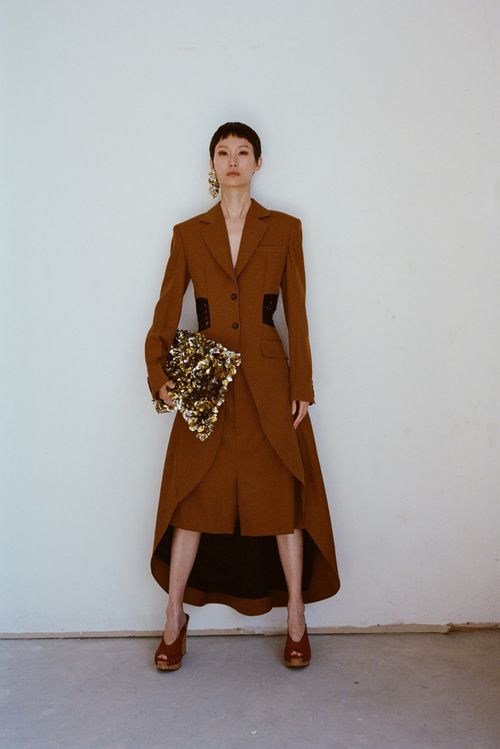
Fashion
Rappers who Broke Genders Norms with Women‘s Clothing #diddy #youngthug #jadensmith #kidcudi #shorts

In recent years, several male rappers have embraced fashion styles that challenge traditional gender norms, incorporating elements typically associated with women’s fashion. This style is often characterized by fluidity, androgyny, and a bold rejection of conventional masculine stereotypes. Here’s a closer look:
1. **Androgynous Fashion**: Artists like Young Thug have been pioneers in breaking down gender barriers in rap fashion. He has famously worn dresses, skirts, and sheer fabrics in both his music videos and public appearances. This androgynous style reflects a growing acceptance of fluidity in both gender and fashion, allowing rappers to express themselves more freely without conforming to rigid masculine standards.
2. **High-Fashion Influence**: Some rappers, such as Lil Uzi Vert and Jaden Smith, mix high-fashion with feminine elements. They wear items like blouses, tight-fitting clothing, handbags, and even skirts, often drawing from high-end designers like Gucci, Louis Vuitton, and Rick Owens. Their style often combines traditionally feminine silhouettes with more neutral or streetwear-inspired pieces, creating a hybrid, avant-garde look.
3. **Makeup and Accessories**: Beyond clothing, some male rappers have embraced traditionally feminine accessories and makeup. Jewelry like pearl necklaces, earrings, nail polish, and eyeliner have become part of their everyday looks, further blurring the lines between masculine and feminine aesthetics. A$AP Rocky, for example, is known for wearing pearl necklaces and experimenting with bold fashion choices that push gender norms.
This trend reflects a larger cultural shift toward inclusivity and self-expression, showing that in rap, fashion can be a powerful tool for challenging stereotypes and expressing individuality.
source
Fashion Models
Video
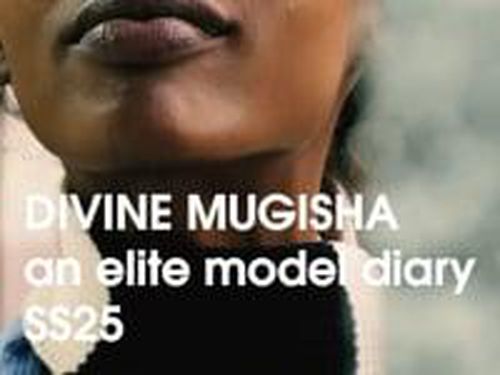
Fashion Models
Top 10 Hottest Australian Female Models #australiahotmodels
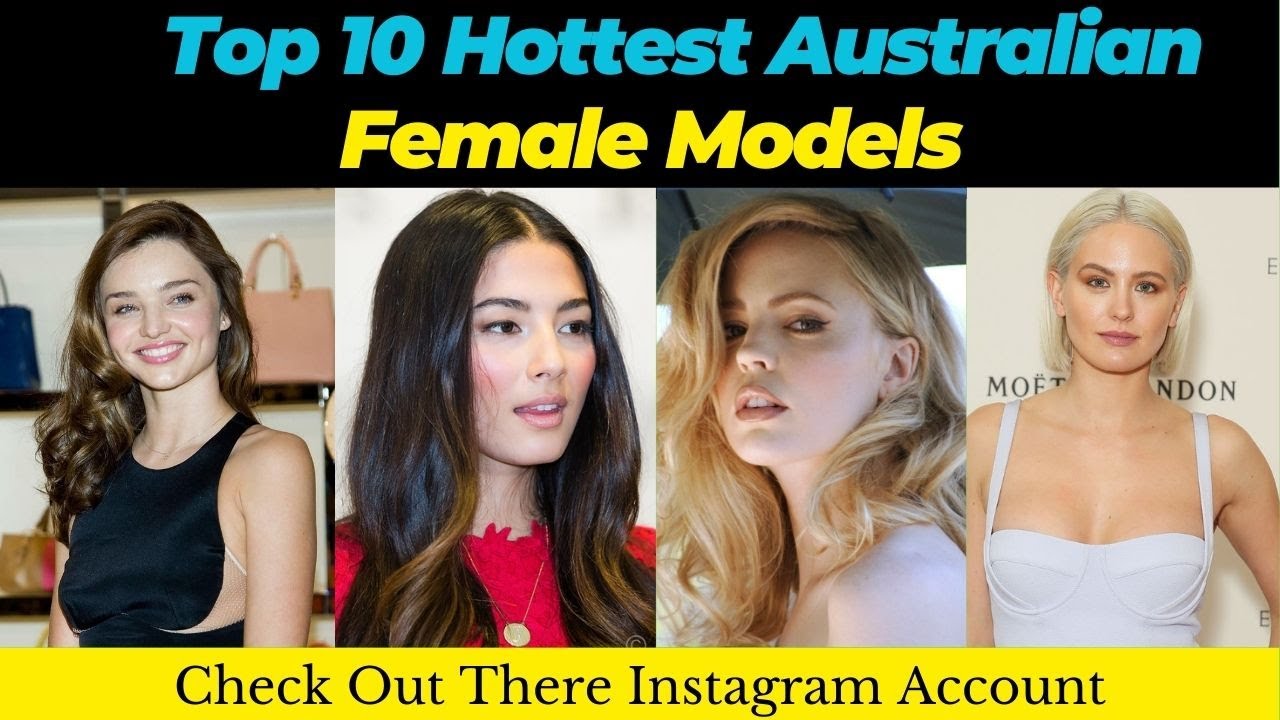
In this video we will figure out the most hot and beautiful Australian hot models.
#australian #australiahotmodels #australiahotgirls
Top 10 Hottest Australian Female Models 2023 | Australian models
source
Fashion Models
Glossier
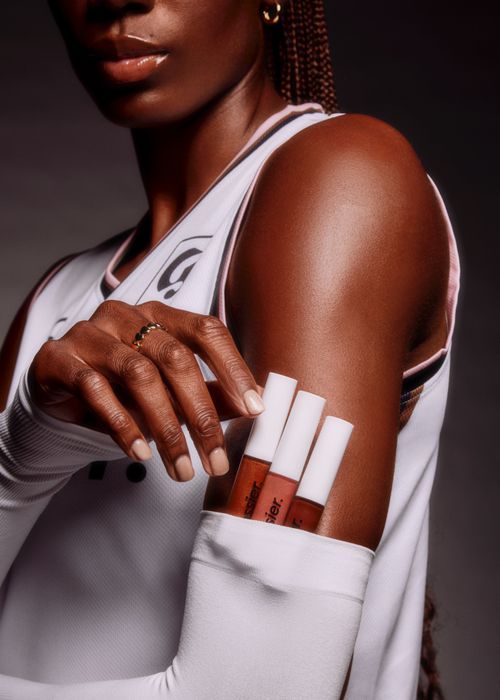
Fashion Models
Harper's Bazaar Mexico
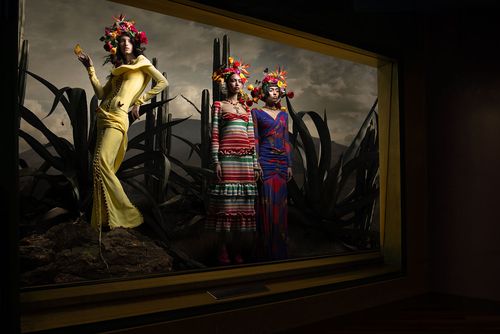
-

 Sport7 hours ago
Sport7 hours agoJoshua vs Dubois: Chris Eubank Jr says ‘AJ’ could beat Tyson Fury and any other heavyweight in the world
-

 News1 day ago
News1 day agoYou’re a Hypocrite, And So Am I
-

 News8 hours ago
News8 hours agoIsrael strikes Lebanese targets as Hizbollah chief warns of ‘red lines’ crossed
-

 Technology6 hours ago
Technology6 hours agoiPhone 15 Pro Max Camera Review: Depth and Reach
-

 CryptoCurrency7 hours ago
CryptoCurrency7 hours agoAre there ‘too many’ blockchains for gaming? Sui’s randomness feature: Web3 Gamer
-

 CryptoCurrency7 hours ago
CryptoCurrency7 hours agoHelp! My parents are addicted to Pi Network crypto tapper
-

 CryptoCurrency7 hours ago
CryptoCurrency7 hours agoSEC sues ‘fake’ crypto exchanges in first action on pig butchering scams
-

 CryptoCurrency7 hours ago
CryptoCurrency7 hours agoDecentraland X account hacked, phishing scam targets MANA airdrop
-

 CryptoCurrency7 hours ago
CryptoCurrency7 hours agoBitcoin miners steamrolled after electricity thefts, exchange ‘closure’ scam: Asia Express
-

 CryptoCurrency7 hours ago
CryptoCurrency7 hours agoCertiK Ventures discloses $45M investment plan to boost Web3
-

 CryptoCurrency7 hours ago
CryptoCurrency7 hours agoDorsey’s ‘marketplace of algorithms’ could fix social media… so why hasn’t it?
-

 CryptoCurrency7 hours ago
CryptoCurrency7 hours agoSEC asks court for four months to produce documents for Coinbase
-

 Sport7 hours ago
Sport7 hours agoUFC Edmonton fight card revealed, including Brandon Moreno vs. Amir Albazi headliner
-

 CryptoCurrency6 hours ago
CryptoCurrency6 hours agoEthereum is a 'contrarian bet' into 2025, says Bitwise exec
-

 Science & Environment10 hours ago
Science & Environment10 hours agoHow one theory ties together everything we know about the universe
-

 CryptoCurrency7 hours ago
CryptoCurrency7 hours agoSEC settles with Rari Capital over DeFi pools, unregistered broker activity
-

 News5 hours ago
News5 hours agoBrian Tyree Henry on voicing young Megatron, his love for villain roles
-

 Science & Environment21 hours ago
Science & Environment21 hours agoQuantum time travel: The experiment to ‘send a particle into the past’
-

 Science & Environment7 hours ago
Science & Environment7 hours agoWe may have spotted a parallel universe going backwards in time
-

 CryptoCurrency7 hours ago
CryptoCurrency7 hours ago2 auditors miss $27M Penpie flaw, Pythia’s ‘claim rewards’ bug: Crypto-Sec
-

 CryptoCurrency7 hours ago
CryptoCurrency7 hours agoArthur Hayes’ ‘sub $50K’ Bitcoin call, Mt. Gox CEO’s new exchange, and more: Hodler’s Digest, Sept. 1 – 7
-

 CryptoCurrency7 hours ago
CryptoCurrency7 hours agoTreason in Taiwan paid in Tether, East’s crypto exchange resurgence: Asia Express
-

 CryptoCurrency7 hours ago
CryptoCurrency7 hours agoLeaked Chainalysis video suggests Monero transactions may be traceable
-

 CryptoCurrency7 hours ago
CryptoCurrency7 hours agoJourneys: Robby Yung on Animoca’s Web3 investments, TON and the Mocaverse
-

 CryptoCurrency7 hours ago
CryptoCurrency7 hours agoLouisiana takes first crypto payment over Bitcoin Lightning
-

 CryptoCurrency7 hours ago
CryptoCurrency7 hours agoCrypto whales like Humpy are gaming DAO votes — but there are solutions
-

 CryptoCurrency7 hours ago
CryptoCurrency7 hours agoFive crypto market predictions that haven’t come true — yet
-

 CryptoCurrency7 hours ago
CryptoCurrency7 hours ago$12.1M fraud suspect with ‘new face’ arrested, crypto scam boiler rooms busted: Asia Express
-

 CryptoCurrency7 hours ago
CryptoCurrency7 hours ago‘Everything feels like it’s going to shit’: Peter McCormack reveals new podcast
-

 Science & Environment10 hours ago
Science & Environment10 hours agoFuture of fusion: How the UK’s JET reactor paved the way for ITER
-

 CryptoCurrency7 hours ago
CryptoCurrency7 hours agoFed rate cut may be politically motivated, will increase inflation: Arthur Hayes
-

 CryptoCurrency7 hours ago
CryptoCurrency7 hours agoBinance CEO says task force is working ‘across the clock’ to free exec in Nigeria
-

 CryptoCurrency7 hours ago
CryptoCurrency7 hours agoBitcoin price hits $62.6K as Fed 'crisis' move sparks US stocks warning
-

 CryptoCurrency7 hours ago
CryptoCurrency7 hours agoCZ and Binance face new lawsuit, RFK Jr suspends campaign, and more: Hodler’s Digest Aug. 18 – 24
-

 CryptoCurrency7 hours ago
CryptoCurrency7 hours agoCardano founder to meet Argentina president Javier Milei
-

 CryptoCurrency7 hours ago
CryptoCurrency7 hours agoMemecoins not the ‘right move’ for celebs, but DApps might be — Skale Labs CMO
-

 CryptoCurrency7 hours ago
CryptoCurrency7 hours agoBitcoin bull rally far from over, MetaMask partners with Mastercard, and more: Hodler’s Digest Aug 11 – 17
-

 CryptoCurrency7 hours ago
CryptoCurrency7 hours agoTelegram bot Banana Gun’s users drained of over $1.9M
-

 CryptoCurrency7 hours ago
CryptoCurrency7 hours agoLow users, sex predators kill Korean metaverses, 3AC sues Terra: Asia Express
-

 CryptoCurrency7 hours ago
CryptoCurrency7 hours agoBlockdaemon mulls 2026 IPO: Report
-

 News5 hours ago
News5 hours ago“Beast Games” contestants sue MrBeast’s production company over “chronic mistreatment”
-

 News5 hours ago
News5 hours agoSean “Diddy” Combs denied bail again in federal sex trafficking case in New York
-

 News5 hours ago
News5 hours agoBrian Tyree Henry on his love for playing villains ahead of “Transformers One” release
-

 Technology3 days ago
Technology3 days agoYouTube restricts teenager access to fitness videos
-

 News9 hours ago
News9 hours agoChurch same-sex split affecting bishop appointments
-

 Politics2 days ago
Politics2 days agoTrump says he will meet with Indian Prime Minister Narendra Modi next week
-

 Science & Environment10 hours ago
Science & Environment10 hours ago‘Running of the bulls’ festival crowds move like charged particles
-

 Politics21 hours ago
Politics21 hours agoWhat is the House of Lords, how does it work and how is it changing?
-

 MMA7 hours ago
MMA7 hours agoUFC’s Cory Sandhagen says Deiveson Figueiredo turned down fight offer
-

 MMA7 hours ago
MMA7 hours agoDiego Lopes declines Movsar Evloev’s request to step in at UFC 307
-

 Football7 hours ago
Football7 hours agoNiamh Charles: Chelsea defender has successful shoulder surgery
-

 Football7 hours ago
Football7 hours agoSlot's midfield tweak key to Liverpool victory in Milan
-

 Fashion Models6 hours ago
Fashion Models6 hours agoMiranda Kerr nude
-

 Politics6 hours ago
Politics6 hours agoLabour MP urges UK government to nationalise Grangemouth refinery
-

 News4 days ago
News4 days agoIndia Now Moves from Deliberations to Deliverables on Crimes Against Women
-

 Science & Environment16 hours ago
Science & Environment16 hours agoQuantum forces used to automatically assemble tiny device
-

 Science & Environment10 hours ago
Science & Environment10 hours agoRethinking space and time could let us do away with dark matter
-

 Entertainment5 hours ago
Entertainment5 hours ago“Jimmy Carter 100” concert celebrates former president’s 100th birthday
-

 Science & Environment18 hours ago
Science & Environment18 hours agoSunlight-trapping device can generate temperatures over 1000°C
-

 News5 hours ago
News5 hours agoJoe Posnanski revisits iconic football moments in new book, “Why We Love Football”
-

 Health & fitness2 days ago
Health & fitness2 days agoWhat 10 days of a clean eating plan actually does to your body and why to adopt this diet in 2022
-

 Health & fitness2 days ago
Health & fitness2 days agoWhen Britons need GoFundMe to pay for surgery, it’s clear the NHS backlog is a political time bomb
-

 Science & Environment20 hours ago
Science & Environment20 hours agoQuantum to cosmos: Why scale is vital to our understanding of reality
-

 Technology3 days ago
Technology3 days agoTrump says Musk could head ‘government efficiency’ force
-

 Science & Environment20 hours ago
Science & Environment20 hours agoX-ray laser fires most powerful pulse ever recorded
-
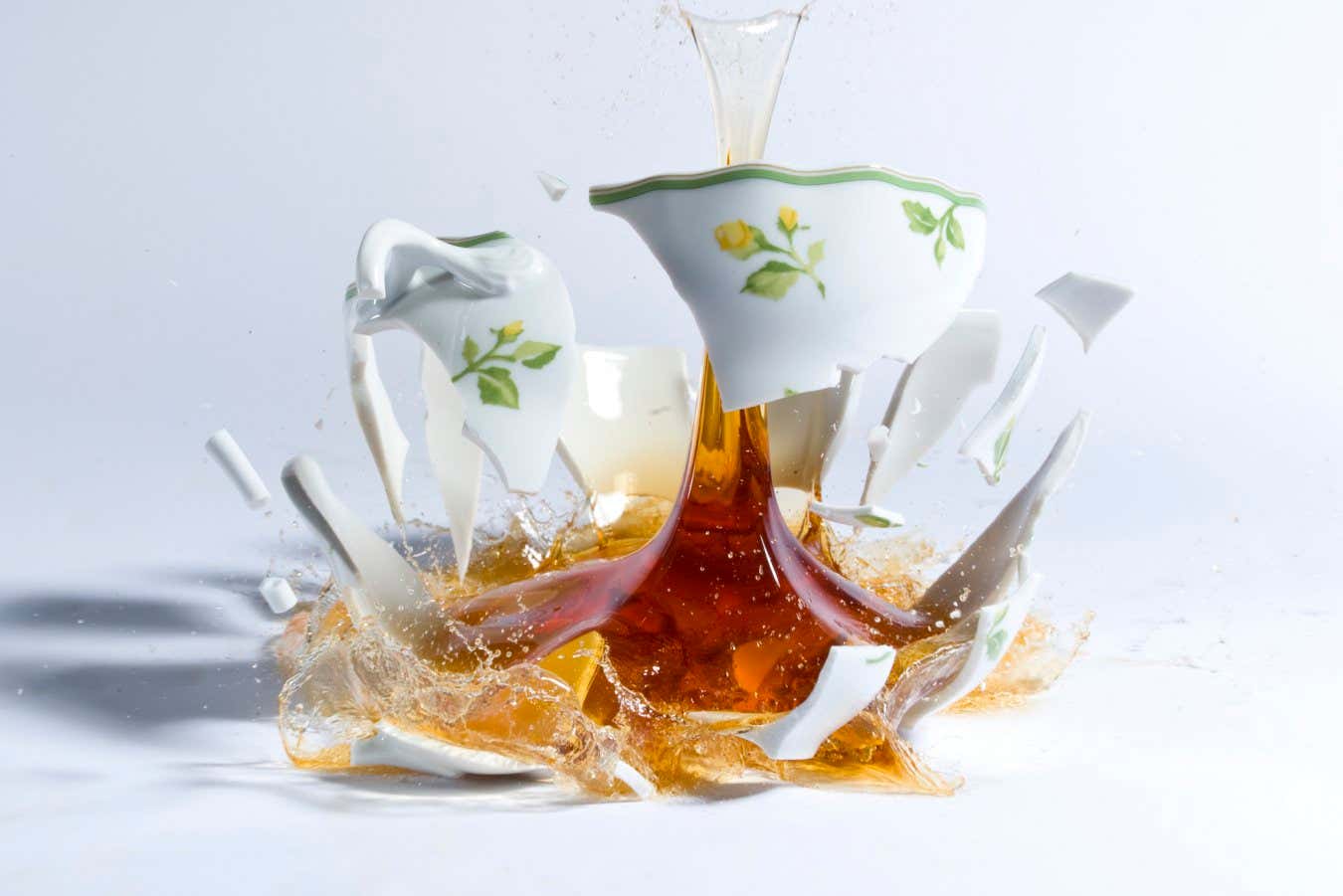
 Science & Environment19 hours ago
Science & Environment19 hours agoHow indefinite causality could lead us to a theory of quantum gravity
-

 Science & Environment18 hours ago
Science & Environment18 hours agoDoughnut-shaped swirls of laser light can be used to transmit images
-

 Science & Environment17 hours ago
Science & Environment17 hours agoWhy we are finally within reach of a room-temperature superconductor
-

 Science & Environment16 hours ago
Science & Environment16 hours agoBlack holes scramble information – but may not be the best at it
-

 Science & Environment16 hours ago
Science & Environment16 hours agoThe galactic anomalies hinting dark matter is weirder than we thought
-

 CryptoCurrency7 hours ago
CryptoCurrency7 hours agoTelegram CEO cannot leave France, OpenSea receives Wells notice, and more: Hodler’s Digest, Aug. 25 – 31
-

 CryptoCurrency7 hours ago
CryptoCurrency7 hours agoSolana unveils new Seeker device, says it’s not just a ‘memecoin phone’
-

 CryptoCurrency7 hours ago
CryptoCurrency7 hours agoCrypto scammers orchestrate massive hack on X but barely made $8K
-

 CryptoCurrency7 hours ago
CryptoCurrency7 hours agoBitcoiners are ‘all in’ on Trump since Bitcoin ’24, but it’s getting risky
-

 CryptoCurrency7 hours ago
CryptoCurrency7 hours agoReal-world asset tokenization is the crypto killer app — Polygon exec
-

 Science & Environment10 hours ago
Science & Environment10 hours ago‘Sound laser’ is the most powerful ever made
-

 Science & Environment10 hours ago
Science & Environment10 hours agoJupiter’s stormy surface replicated in lab
-
Politics10 hours ago
Owen Paterson loses ECHR appeal against report that preceded downfall | Owen Paterson
-

 CryptoCurrency7 hours ago
CryptoCurrency7 hours agoDuckDuckGo ranks Etherscan phishing websites in top results
-

 CryptoCurrency7 hours ago
CryptoCurrency7 hours agoElon Musk is worth 100K followers: Yat Siu, X Hall of Flame
-

 CryptoCurrency7 hours ago
CryptoCurrency7 hours agoVonMises bought 60 CryptoPunks in a month before the price spiked: NFT Collector
-

 CryptoCurrency7 hours ago
CryptoCurrency7 hours agoVitalik tells Ethereum L2s ‘Stage 1 or GTFO’ — Who makes the cut?
-

 CryptoCurrency7 hours ago
CryptoCurrency7 hours agoEthereum falls to new 42-month low vs. Bitcoin — Bottom or more pain ahead?
-

 CryptoCurrency7 hours ago
CryptoCurrency7 hours agoETH falls 6% amid Trump assassination attempt, looming rate cuts, ‘FUD’ wave
-
Business7 hours ago
Thames Water seeks extension on debt terms to avoid renationalisation
-
Business6 hours ago
How Labour donor’s largesse tarnished government’s squeaky clean image
-
Business6 hours ago
UK hospitals with potentially dangerous concrete to be redeveloped
-
Business5 hours ago
Axel Springer top team close to making eight times their money in KKR deal
-

 News5 hours ago
News5 hours agoSean “Diddy” Combs denied bail again in federal sex trafficking case
-

 News5 hours ago
News5 hours agoBrian Tyree Henry on voicing young Megatron, his love for villain roles
-
Politics5 hours ago
Why is Sue Gray at the centre of a new political storm? | Sue Gray
-

 News3 hours ago
News3 hours agoWoman sues Florida sheriff after mistaken arrest lands her in jail on Christmas
-

 News4 hours ago
News4 hours agoGlobal Tensions and Press Freedom
-

 News9 hours ago
News9 hours agoPolice chief says Daniel Greenwood 'used rank to pursue junior officer'
-

 Technology2 days ago
Technology2 days agoIs carbon capture an efficient way to tackle CO2?
-

 Science & Environment10 hours ago
Science & Environment10 hours agoPhysicists have worked out how to melt any material
-

 Politics22 hours ago
Politics22 hours agoKeir Starmer facing flashpoints with the trade unions
-

 CryptoCurrency2 days ago
CryptoCurrency2 days agoBitcoin reclaims $60K and ‘this time is different,’ says analyst
-

 Science & Environment1 day ago
Science & Environment1 day agoWho owns the Moon? A new space race means it could be up for grabs
-

 Health & fitness2 days ago
Health & fitness2 days agoWhy you should take a cheat day from your diet, and how many calories to eat





You must be logged in to post a comment Login